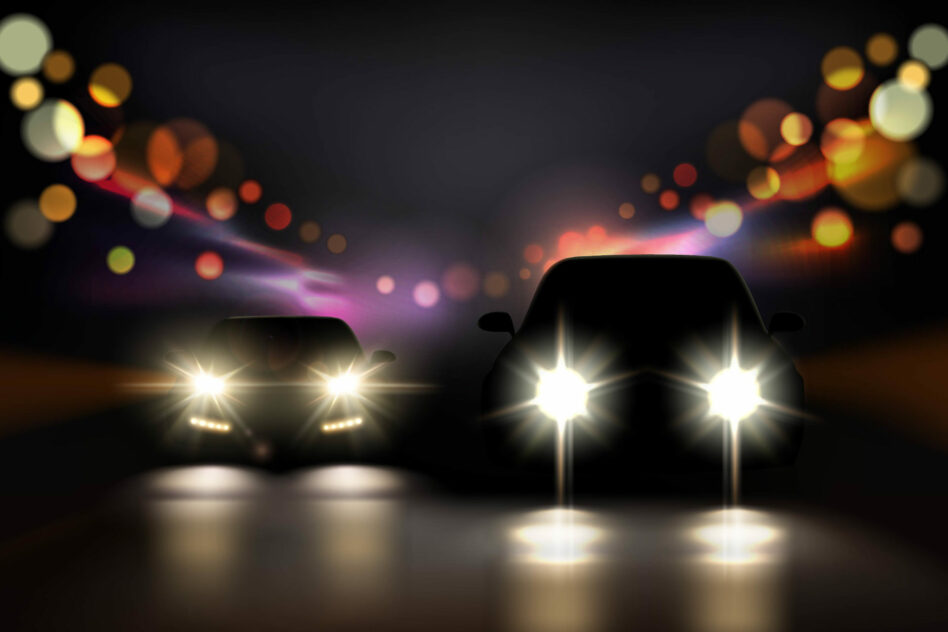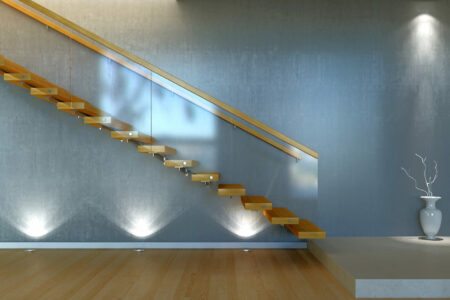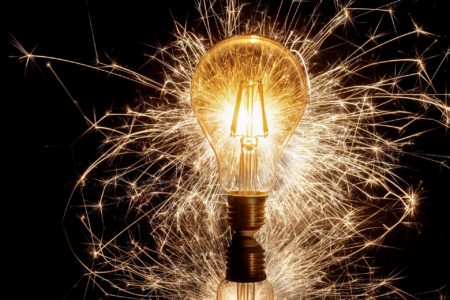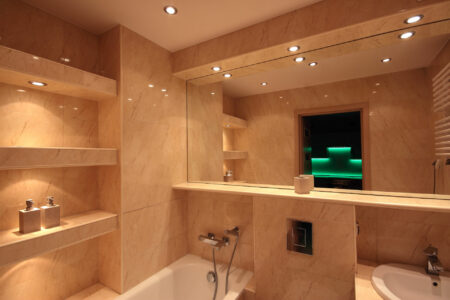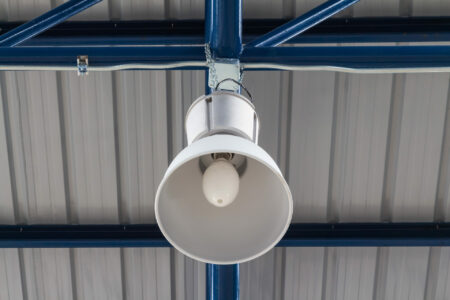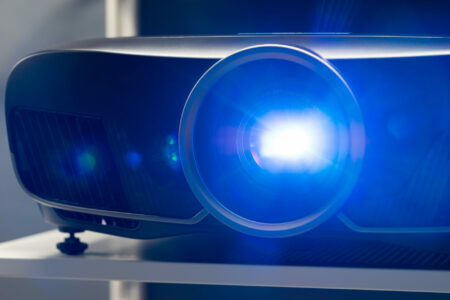Headlights and fog lights are key components when it comes to safe driving, but they’re not the same, and they serve different purposes. In this post, we discuss fog lights and headlights in great detail, highlighting the main differences between them to figure out which is better. Stick around!
What Are Headlights?
Headlights are your main source of light when you’re on the road. They’re encased and give off a white beam of light. Your headlight housing is in the very front of your vehicle.
They have two options: standard and high beam. You can toggle between high or low beams by turning the headlight switch. The switch is typically on one side of your steering wheel.
When to Use Headlights
In most states, headlights are required to be on before dusk. They’re also turned on in low-light areas like tunnels and parking garages.
Luckily, most vehicles were fitted with sensors for automated headlights by the mid-20th century. You can simply use automatic mode to make sure yours turn on every time it’s needed.
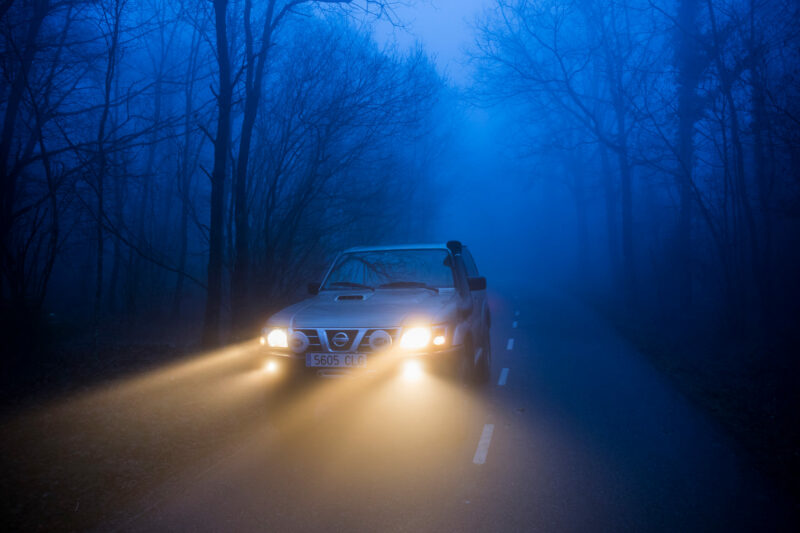
What Are Fog Lights?
Fog lights are supplemental to headlights and have a lower power to reduce glare. These lamps are located under the headlight shell and produce white, yellow, or sometimes amber light.
Note: Some cars have additional fog lights for the rear and sides.
To turn these on, most cars have a button on the dashboard. In older models, the toggle is in the same place as the headlight switch.
When to Use Fog Lights
Fog lights are named so because you use them during fog or similar road settings. These aren’t your main source of lighting since they’re reserved for extreme conditions.
Other environments to utilize fog lights are snow, hurricanes, and smokey situations. Fog lamps aren’t standard in every vehicle, but you can easily add them with a kit.
Single-Beam vs. Dual-Beam: What Are They?
Single-beam and double-beam refer to the type of headlight bulb and its functionality.
A single-beam headlight uses one filament to create either a low or a high beam. On the other hand, a dual-beam headlight uses two filaments that can perform the two functions.
For single-beam, switch between low and high beams by turning the headlight switch. Vehicle manufacturers design the housing to provide both high and low beams.
A dual-beam has two filaments inside the bulb, so it provides both low-beam and high-beam. You can switch between low-beam and high-beam lighting by using the headlight switch.
What Kinds of Bulbs Do Headlights and Fog Lights Use?
The type of bulb used for either automotive fixture can vary depending on the make and model of your vehicle. We’ll base all our data on the Starbucks of automobiles, the Toyota Camry.
These are some common types of headlight bulbs:
Halogen Bulbs
These are the most common type of headlight bulbs and are relatively inexpensive. They use a filament inside a glass capsule filled with halogen gas to produce light. Halogen bulbs produce a bright, white light and have a decent lifespan.
High-Intensity Discharge (HID) Bulbs
These bulbs use an electric arc to produce light. Additionally, they need a ballast to regulate the electrical current. HID bulbs produce a daylight white light, and they’re longer-lasting than halogen bulbs. Though they emit brighter light, the glare is harsher for oncoming traffic. This issue is prevalent for older drivers.
Light-Emitting Diode (LED) Bulbs
LED bulbs are becoming increasingly popular for use in headlights. They utilize a small chip to produce light and can be very energy efficient. LEDs can produce bright, white light and have a long lifespan, but they can be quite expensive.
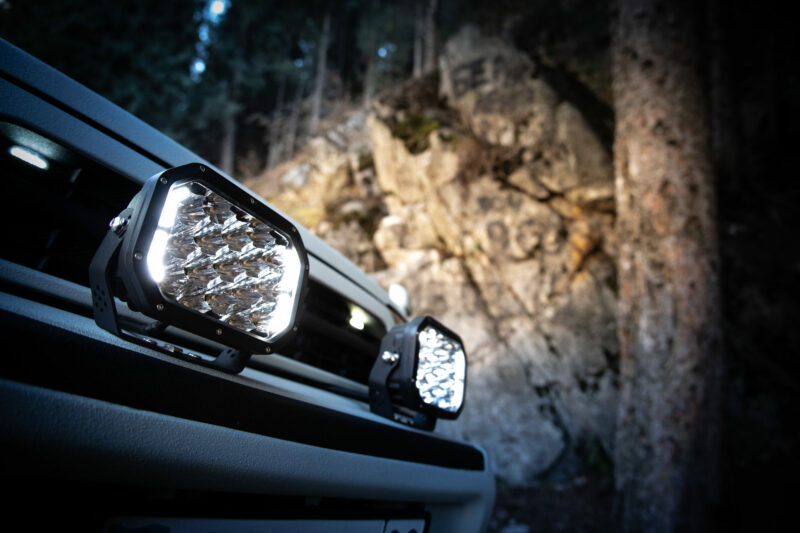
What Are the Most Common Bulb Bases in Automotive?
The specific bulb can depend on the model year and trim level of the vehicle. However, here are four common bases for your lamps:
H11
This is a popular light bulb for consumers due to its ease of installation. It has a wattage of 55W and produces a focused beam of bright white light.
H8/H16
H8 and H16 bulb bases are smaller in size and lower in wattage. With H16 being smaller, it’s easier to install in most vehicles. Both fixtures use halogen or LED to produce the yellowish wide beams needed in fog lights.
9006
Another common light bulb for earlier models, you can easily install on your own. It has a wattage of 55W and produces a yellowish light that can cut through the fog.
9012
This bulb is standard in newer models for its efficiency and durability. It runs at 55W and produces a white light that can help improve visibility in foggy or other low-visibility conditions.
In any case, headlights should give off a bright and consistent light to reveal far ahead of the car. Fog lights, however, are reserved for special situations. These extremes are typically foggy or snowy conditions.
| Bulb Base | Application | Beam Pattern | Wattage | Color Temperature |
| H11 | Headlights, Fog Lights | Focused | 55W | 3000K-6500K |
| H8 | Fog Lights | Diffused | 35W | 3000K-6500K |
| H16 | Fog Lights | Diffused | 19W | 3000K-6500K |
| 9006 | Headlights | Focused | 55W | 3000K-6500K |
| 9012 | Headlights | Focused | 55W | 3000K-6500K |
Notes on the differences between these bulb bases:
- H11 is a popular bulb base for both headlights and fog lights, thanks to its focused beam and low wattage. It produces a bright light that’s suitable for many driving conditions.
- H8 and H16 are mainly for fog lights due to their diffused beam patterns and lower wattage. They reduce glare and improve upon low-visibility conditions, like fog or mist.
- 9006 and 9012 are both used for headlights, due to their focused beam and high wattage. They produce a bright, powerful beam of light to illuminate the road ahead.
- The color temperature of these bulb bases can vary. It all depends on the specific bulb: LED, HID, or halogen, and its practical specifications.
Can I Use the Same Bulb for My Headlights as My Fog Light?
It’s not recommend using the same type of bulb for your headlights and fog lights. These two have different beam patterns to serve different purposes.
Headlights provide a luminous, far-reaching beam of light to illuminate the road ahead. This design helps you see well at night or in low-light conditions. They have a more focused beam pattern that shines straight ahead.
Fog lights have shorter and broader beams illuminating the front of your vehicle. They’re used in foggy conditions to reduce glare and reflect the light off the road surface.
Using the same type of bulb for both headlights and fog lights may result in scant lighting. This scarcity could lead to reduced visibility and risks while driving. It’s crucial to use the proper bulb for optimal performance and safety.
Headlight Bulbs: How Do They Compare?
Let’s take the most popular choice for each type of bulb and put them side-by-side. We’ll see how they stack up in terms of brightness, color, beam type, and lifespan.
| Aspect | Philips X-TremeUltinon LED | Philips D2S HID | Philips X-tremeVision Halogen |
| Type of Light Technology | Halogen | HID | LED |
| Lumens | 1000/1350 | 3400 ±250 | 1650 ±15% |
| Beam | High/Low | High/Low | High/Low |
| Color Temperature | 6000K | 4200K | 3500K |
| Lifespan | 12 Years | B3/Tc = 1500/2500 | 600 hours |
They all produce sufficient brightness across the white light spectrum. Notably, LEDs have a color closest to daylight, which is 5500K. As you can see, all three options are used in either high or low beams. In addition, the X-tremeVision halogen bulb can work as a supplement to high beams.
In terms of color, LEDs produce the whitest of the three. This color makes it a great choice for strong and luxurious-looking headlights. Halogen, in contrast, produces closer to yellow than the rest. It has a longer wavelength making it ideal for penetrating fog.
Fog Light Bulbs: How Do They Compare?
Now, let’s take the three most popular fog lights and see how they stack against each other:
| Aspect | Sylvania SilverStar Ultra Fog Light | XenonDepot Xtreme HID Fog Light | Philips X-TremeVision LED Fog Light |
| Type of Light Technology | Halogen | HID | LED |
| Brightness | Up to 120% brighter | Up to 3 times brighter | Up to 200% brighter |
| Lifespan | Up to 100 hours | Up to 3,000 hours | Up to 12,000 hours |
| Energy Efficiency | 35-55 watts of power per bulb | 35-55 watts of power per bulb | 8-25 watts of power per bulb |
| Beam Pattern | Wide and even | Focused and bright | Wide and even |
| Color Temperature | 4100K | 4300K-6000K | 5700K |
| Ease of Installation | Easy | Moderate | Easy |
| IP Rating | IP65 | IP67 | IP68 |
As shown, there are obvious reasons why LEDs are taking over the lighting market for cars. They’re adaptable, more efficient, and longer-lasting. HID lamps may produce the brightest light, but these bulb types tend to die out shortly. Hence, they are steadily being phased out of fog light use.
In any case, headlights should give off a bright and consistent light to reveal far ahead of the car. Fog lights, however, are reserved for special situations. These extremes are typically foggy or snowy conditions.
Finally, headlights focus their beams down the road and are white or cool white in temperature. Fog lights have a yellowish or amber tint to cut through the fog and reduce glare.
